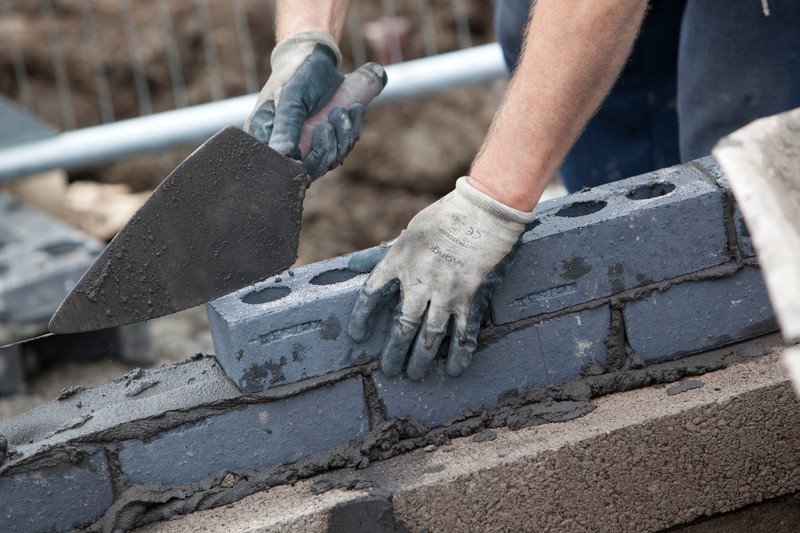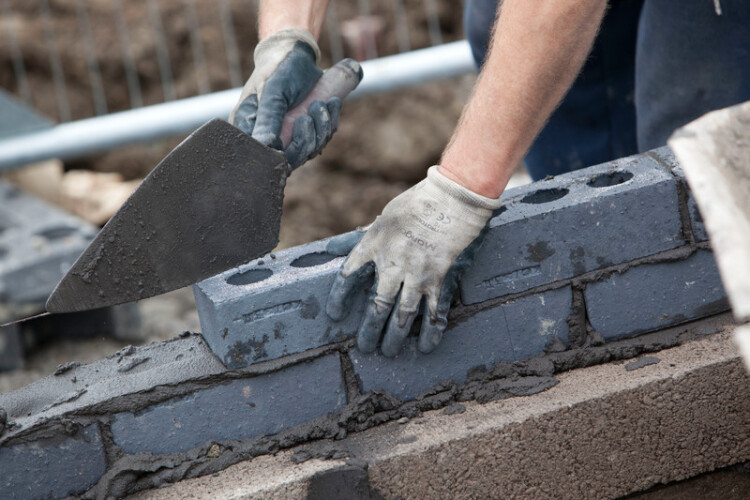Across the United Kingdom, the number of new dwellings completed in the first quarter of 2024 was down 17% year on year, to 38,400 units, compared to 46,440 in the first quarter of 2023.
UK first quarter (Q1) starts were down 34% from 44,940 in 2023 last year to just 29,820 this year.
In England alone, where the government has a target of more than 300,000 per year (an average of 75,000 a quarter), 2024 Q1 completions were down 15% from 37,160 last year to 31,670.
Starts in England for Q1 2024 were down 39% at 23,730, compared to 38,610 in Q1 2023.
British Property Federation chief executive Melanie Leech commented: “The housebuilding figures for the first quarter underline the scale of the challenge in delivering the government’s target of 1.5 million homes by 2029.

“We will not reach and sustain this level of housebuilding nor meet the needs of individuals and families by focusing on homes for sale alone; we need to also supercharge the build-to-rent sector and look at how to unlock the delivery of affordable housing of all tenures.
“Built-to-rent, or multi-family, is fundamental to housing supply in countries such as the US and Australia, and there is a huge opportunity through the government’s reform of the planning system to attract more long-term institutional capital to accelerate the growth of the sector in the UK and alleviate the pressure on supply in our cities.
“For affordable homes the challenge is often viability, and we have called for government to increase the level of subsidy available which would in turn unlock more private capital to work in partnership with housing associations.
“The property sector is fully committed to working with the new government to address the long-term under-supply and under-development of homes and we are pleased to see the new government hit the ground running in addressing some of the challenges developers are facing on the ground.”
Paul Rickard, managing director London housing developer Pocket Living, said: “The figures released by the ONS this morning have laid bare the true scale of the challenge facing the new government in meeting its housebuilding ambitions. The delivery of new homes in England has crashed to near record lows and changes to the planning system and new accelerator taskforces will not in themselves deliver the homes needed. We need to address the critical factor in play here – that we simply no longer have enough builders building new homes in this country. Yes, the volume housebuilders have a key role to play in increasing output, but what we really need is an SME housebuilder renaissance to get the sector back to the kind of delivery levels last seen in the 1980s where we had 12,500 SME housebuilders compared to 2,500 today. The benefits of doing so are clear, for if the 1.5 million new homes were a target in the 1960s and 70s, then almost half of them would have been built by SMEs compared to the current projections of less than 150,000 by 2029. In order to achieve this we need to consider radical measures like selling off the £18 billion Homes England Help to Buy loan book to both support the SME sector and deliver affordable housing at scale. Doing nothing is not an option and on this trajectory the government’s objective of delivering 1.5 million new homes by 2029 is doomed to failure.”
Got a story? Email news@theconstructionindex.co.uk


